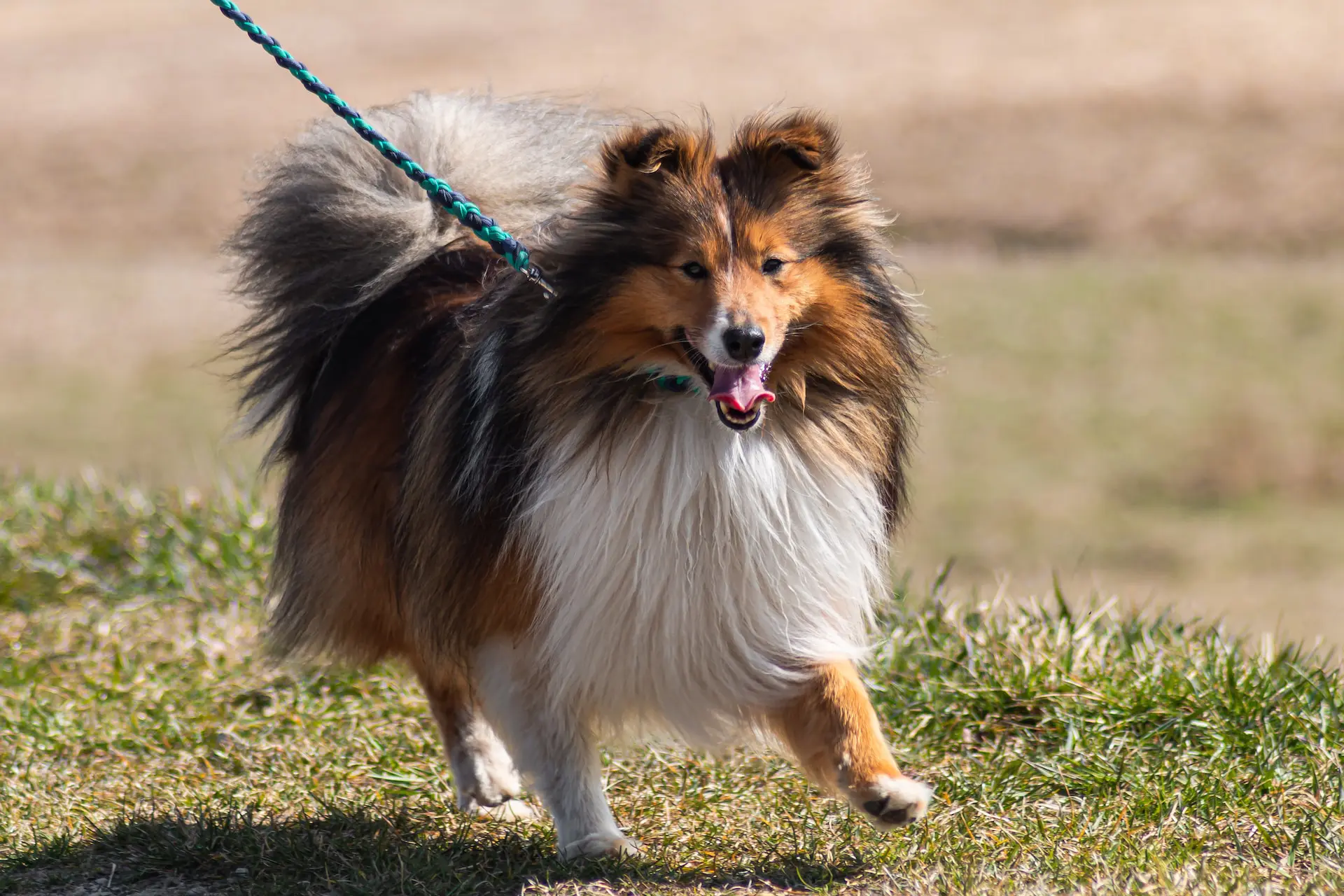Dog Bite Prevention Tips
Dog Bite Prevention Week starts April 10th. This is a very important topic! According to the CDC, there are about 4.5 million dog bites in the US every year. That works out to about 1 out of every 73 people! Because many of these bites could have been avoided, this is one area where an ounce of prevention is worth several pounds of cure. A local vet lists some ways to prevent dog bites below.
Never Pet A Strange Dog Without Asking
Honestly, this one really should be common sense. It’s not only dangerous, it’s also just bad etiquette! Of course, children may not understand why this is unsafe, so it’s important to talk to them, and explain. Don’t just ask for permission to pet Fido: make sure he’s friendly.
Let Fido Sniff Your Hand
This is considered the universal way to say ‘hello’ to a dog. There are some caveats here, however. Never reach over Fido’s head, and don’t shove your hand out too quickly or too close to his face. Greet the pup in a friendly voice as you are doing this.
Supervise Children And Dogs
Never leave young ones alone with a dog! Some dogs are quite reactive, while others get uneasy around children, simply because children are often, by nature, a little loud and excitable. Kids can also unknowingly agitate dogs, whether by running towards them, making unexpected movements, or pulling their tails.You’ll also need to be careful with toys, particularly stuffed animals. Fido may be very interested in a child’s plushie, or vice versa. That could definitely set the stage for a conflict.
Don’t Provoke Fido
Did you know that staring translates into a sign of aggression in dog terms? Your own pet probably won’t mind if you look at him, but you should never look a strange dog in the eye. Hugging Fido is also a huge no-no, as are barking or growling at him.
Understand Doggy Body Language
You may have heard people say that dogs ‘attacked without warning.’ However, that’s usually not the case. Usually, dogs give off plenty of warnings: it’s just that people don’t know how to read them. We all know that growls and bared teeth are bad, but those aren’t the only signals Fido gives off. Slow tail wags, tucked tails, stiffness, and pinned ears are also red flags.
Our Advice on Dog Bite Prevention Tips in 2024
Why shouldn’t you pet a strange dog without asking their owner?
Petting a strange dog without the owner’s permission poses safety risks and is considered poor etiquette. Dogs, like people, have boundaries and personal space that must be respected. Approaching an unfamiliar dog can be perceived as a threat, potentially leading to defensive or aggressive behavior. Children, in particular, may not recognize these dangers, making adult guidance crucial. Always ask the owner if their dog is friendly and willing to be petted to prevent misunderstandings and ensure a safe interaction for both you and the dog.
What is the correct way to introduce myself to a dog?
The correct way to introduce yourself to a dog involves allowing the dog to sniff your hand, which is the canine way of greeting. Approach the dog calmly, avoiding direct eye contact to prevent appearing threatening. Do not reach over the dog’s head or make sudden movements. Instead, extend your hand slowly and let the dog come to you to sniff it. Speak in a gentle, friendly tone to convey your friendly intentions. This respectful approach helps establish a positive initial interaction with the dog.
What should you do if a dog approaches your without its owner?
If a dog approaches you without its owner, remain calm and avoid making direct eye contact, which can be perceived as a challenge. Stand still, keeping your body sideways to appear less threatening, and avoid sudden movements that may startle the dog. Do not attempt to run away, as this could trigger the dog’s chase instinct. Speak in a calm, gentle voice if necessary, but mainly focus on allowing the dog to assess you without feeling threatened. If the dog seems friendly and calm, you can slowly back away until it loses interest.
What should you do if a dog becomes aggressive towards me?
If a dog becomes aggressive towards you, remain calm and avoid making eye contact, as this can be seen as a challenge. Do not run or scream, as this may increase the dog’s aggressive behavior. Instead, stay still, keep your arms close to your body, and avoid facing the dog directly. If you have anything like a bag or jacket, you can use it as a barrier between you and the dog. Slowly back away when the dog loses interest, keeping your movements deliberate and calm until you are safely away.
What if I’m bitten despite taking precautions?
If you’re bitten by a dog despite taking precautions, immediately clean the wound with soap and water to reduce the risk of infection. Apply antiseptic and cover the area with a clean bandage. Seek medical attention, especially if the wound is deep, you’re unsure of the dog’s vaccination status, or if you haven’t had a tetanus shot in the last five years. Report the incident to local authorities to ensure the dog is up-to-date on vaccinations and to help prevent future incidents. Document the injury and the circumstances surrounding the bite.
Do you have questions about your pet’s health or care? Contact us, your local animal clinic in Fort Myers, FL, today!





